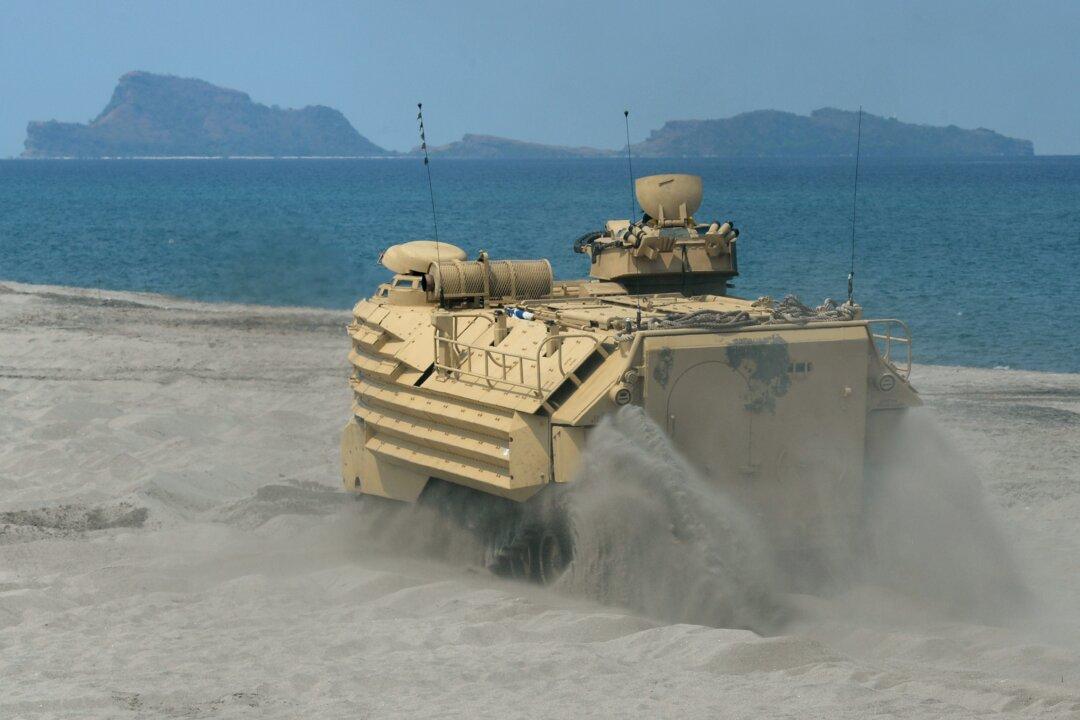This news analysis was originally dispatched as part of Epoch Times China email newsletters. Subscribe to the newsletters by filling your email in the “China D-brief” box under this article.
While news that China deployed anti-aircraft missiles in the South China Sea made headlines over the past week, the missiles are just part of a broader shift that will likely take the conflict to a new level.
The changes began on Jan. 30, when the USS Curtis Wilbur, a destroyer with the U.S. Navy, passed within 12 nautical miles of Triton Island in the Paracel Island chain in the South China Sea.
It was part of a “freedom of navigation” mission, and was supported by Taiwan and Vietnam, which both lay claim to Triton Island. China, on the other hand, which also claims the island, was not happy.
State-run news sources within China began trumpeting news about U.S. aggression, and claims that the United States was trying to establish “hegemony” in the South China Sea.
I explained the irony of the Chinese narrative in a previous piece—noting that the situation is the opposite. China is literally trying to establish hegemony over the region, while the United States is trying to maintain standards of free transit through waters that are critical to international trade.
Yet, regardless of intentions, the Chinese regime called for a heightened military response against the United States and its allies—and this may bring tensions in the South China Sea to a boiling point.
Satellite imagery from Feb. 14 showed that China had deployed anti-air missile systems (surface-to-air missiles, or SAMs) on Woody Island in the Paracel Island chain.
The Chinese regime claimed the missiles had been there for years, but if this was true, the Chinese military had kept the missiles hidden. Satellite images show the missiles were brought out sometime between Feb. 3 and Feb. 14. Previous reports say China began weaponizing its man-made islands around May 2015.





